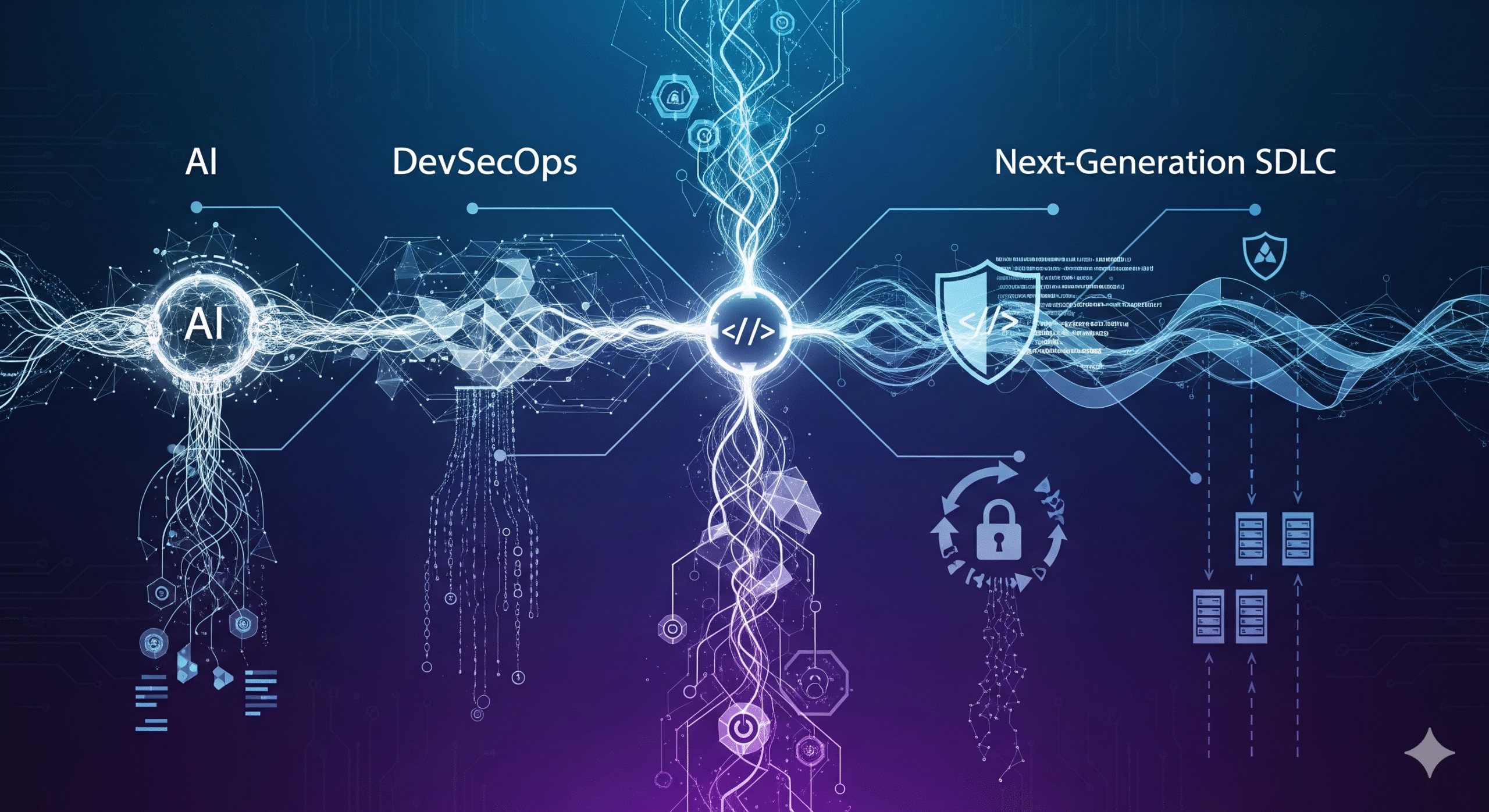In the dynamic landscape of modern business, project planning stands as a cornerstone of organizational success. Effective project planning is more than just laying out tasks and deadlines; it is a comprehensive process that integrates strategic foresight, resource management, and risk mitigation to ensure project success. This detailed exploration delves into the intricacies of project planning, offering insights backed by statistics and thought leadership perspectives to illuminate its importance in driving project success.
Understanding Project Planning: A Definition
Project planning is the process of outlining the steps required to achieve project objectives, setting timelines, allocating resources, and identifying potential risks. According to the Project Management Institute (PMI), project planning involves developing a detailed roadmap that defines project scope, objectives, and deliverables, along with scheduling, budgeting, and risk management strategies (PMI, 2023).
The Strategic Importance of Project Planning
Aligning with Organizational Goals
Effective project planning aligns project objectives with organizational goals, ensuring that projects contribute to the broader business strategy. The PMI’s Pulse of the Profession report highlights that organizations with a well-defined project management strategy are 35% more likely to achieve their strategic objectives (PMI, 2022). This alignment helps in:
- Resource Optimization: Ensuring that resources are allocated effectively across projects, minimizing waste and maximizing return on investment.
- Stakeholder Engagement: Enhancing communication and collaboration among stakeholders by clearly defining project goals and deliverables.
Enhancing Project Efficiency
Proper project planning enhances operational efficiency by providing a structured approach to managing tasks and resources. Research by McKinsey & Company indicates that companies with rigorous project planning practices experience a 25% increase in project efficiency and a 22% reduction in costs (McKinsey & Company, 2023). This efficiency is achieved through:
- Clear Task Definitions: Detailed task breakdowns help in setting realistic deadlines and expectations.
- Effective Resource Allocation: Ensuring that the right resources are available at the right time, reducing delays and bottlenecks.
Key Components of Effective Project Planning
1. Defining Project Scope and Objectives
Scope Definition: The project scope outlines what is included and excluded from the project, providing a clear boundary for project activities. The PMI’s Project Management Body of Knowledge (PMBOK) emphasizes that a well-defined scope is crucial for avoiding scope creep and ensuring that project deliverables meet stakeholder expectations (PMI, 2023).
Objectives Setting: Objectives should be SMART (Specific, Measurable, Achievable, Relevant, Time-bound). A study by Harvard Business Review found that projects with clearly defined objectives are 45% more likely to be completed on time and within budget (HBR, 2021).
Tools and Techniques:
- Work Breakdown Structure (WBS): A hierarchical decomposition of the total scope of work to accomplish project objectives. Tools like Microsoft Project and Smartsheet offer WBS features to visualize project scope.
- Scope Statements: Document detailing the project deliverables, boundaries, and acceptance criteria. This can be created using tools like Lucidchart for clear visual representation.
2. Developing a Detailed Project Schedule
Scheduling: Developing a project schedule involves outlining tasks, dependencies, and timelines. The PMI’s Pulse of the Profession report indicates that projects with detailed schedules are 40% more likely to meet deadlines (PMI, 2022).
Techniques:
- Gantt Charts: Visual tools that represent project timelines and task dependencies. Tools like Asana and Trello offer Gantt chart functionalities for effective scheduling.
- Critical Path Method (CPM): A technique used to identify the longest sequence of dependent tasks and calculate project duration. CPM can be implemented using tools like Primavera P6 or Microsoft Project.
Considerations:
- Task Dependencies: Identifying and managing dependencies between tasks to avoid delays.
- Milestones: Setting key milestones to track progress and ensure alignment with project objectives.
3. Budgeting and Resource Allocation
Budgeting: Creating a detailed budget involves estimating costs for resources, materials, and other project expenses. The Project Management Institute’s research shows that projects with well-defined budgets are 30% more likely to be completed within financial constraints (PMI, 2022).
Resource Allocation: Efficient allocation of resources involves assigning the right personnel, tools, and materials to tasks based on availability and expertise.
Tools:
- Cost Management Software: Tools like Oracle Primavera and Microsoft Excel offer functionalities for budgeting and cost tracking.
- Resource Management Tools: Software like Resource Guru and Float help in managing and optimizing resource allocation.
Best Practices:
- Cost Estimation Techniques: Utilizing methods like analogous estimating, parametric estimating, and bottom-up estimating to create accurate budgets.
- Contingency Planning: Allocating a contingency reserve to manage unexpected costs and risks.
4. Risk Management
Risk Identification: Identifying potential risks that could impact the project’s success. According to a study by the International Journal of Project Management, projects with comprehensive risk management plans have a 50% higher success rate.
Risk Analysis: Assessing the probability and impact of identified risks. This involves qualitative and quantitative analysis methods.
Risk Mitigation Strategies:
- Risk Register: A document used to record identified risks, their assessment, and mitigation strategies. Tools like RiskWatch and RiskyProject provide functionalities for managing risk registers.
- Risk Response Plans: Developing plans to address risks if they materialize, including avoidance, mitigation, transfer, or acceptance strategies.
Tools and Techniques:
- Monte Carlo Simulation: A quantitative risk analysis technique that uses statistical modeling to predict risk impacts.
- Risk Breakdown Structure (RBS): A hierarchical representation of potential risks, similar to the Work Breakdown Structure.
Thought Leadership Perspectives on Project Planning
The Role of Agile Methodologies
Agile methodologies, such as Scrum and Kanban, emphasize iterative planning and flexibility. According to a survey by VersionOne, 58% of organizations reported improved project success rates after adopting Agile practices (VersionOne, 2023). Agile planning focuses on:
- Iterative Development: Delivering project increments in short cycles to accommodate changes and improve outcomes.
- Customer Collaboration: Engaging stakeholders throughout the project to ensure alignment with their needs and expectations.
Case Study:
- Spotify: Known for its successful implementation of Agile practices, Spotify has enhanced its project planning and execution capabilities, leading to significant improvements in project delivery and team collaboration (Spotify Engineering, 2023).
The Impact of Technology on Project Planning
Technological advancements have revolutionized project planning, making it more efficient and data-driven. Tools like artificial intelligence (AI) and machine learning (ML) are increasingly being used to predict project outcomes and optimize planning processes.
AI and ML Applications:
- Predictive Analytics: AI-driven tools can analyze historical data to predict project risks and outcomes. For example, Microsoft’s Project Cortex uses AI to provide insights and recommendations based on project data.
- Automation: Automating routine tasks, such as scheduling and reporting, to reduce manual effort and increase accuracy.
Future Trends:
- Integration of AI in Project Management: The integration of AI into project management tools is expected to enhance forecasting accuracy and decision-making capabilities.
- Enhanced Collaboration Tools: The rise of virtual collaboration platforms will continue to shape how project teams plan and execute projects.
Best Practices for Successful Project Planning
- Engage Stakeholders Early: Involving stakeholders early in the planning process helps in aligning expectations and securing support.
- Continuously Monitor and Adjust Plans: Regularly reviewing and updating project plans to adapt to changes and address emerging issues.
- Foster a Collaborative Environment: Encouraging open communication and collaboration among team members to enhance planning and execution.
Conclusion
Project planning is a critical component of successful project management, encompassing scope definition, scheduling, budgeting, resource allocation, and risk management. By leveraging best practices and embracing technological advancements, organizations can enhance their project planning processes and drive better project outcomes. As the business environment continues to evolve, staying abreast of emerging trends and methodologies will be key to maintaining a competitive edge and achieving project success.
References
- Project Management Institute (PMI). (2023). Pulse of the Profession.
- McKinsey & Company. (2023). The Power of Project Management.
- Harvard Business Review (HBR). (2021). The Importance of Setting Clear Project Objectives.
- HBS. (2023). Risk Management in Projects.
- VersionOne. (2023). State of Agile Report.
- Spotify Engineering. (2013). How Spotify Does Agile.







